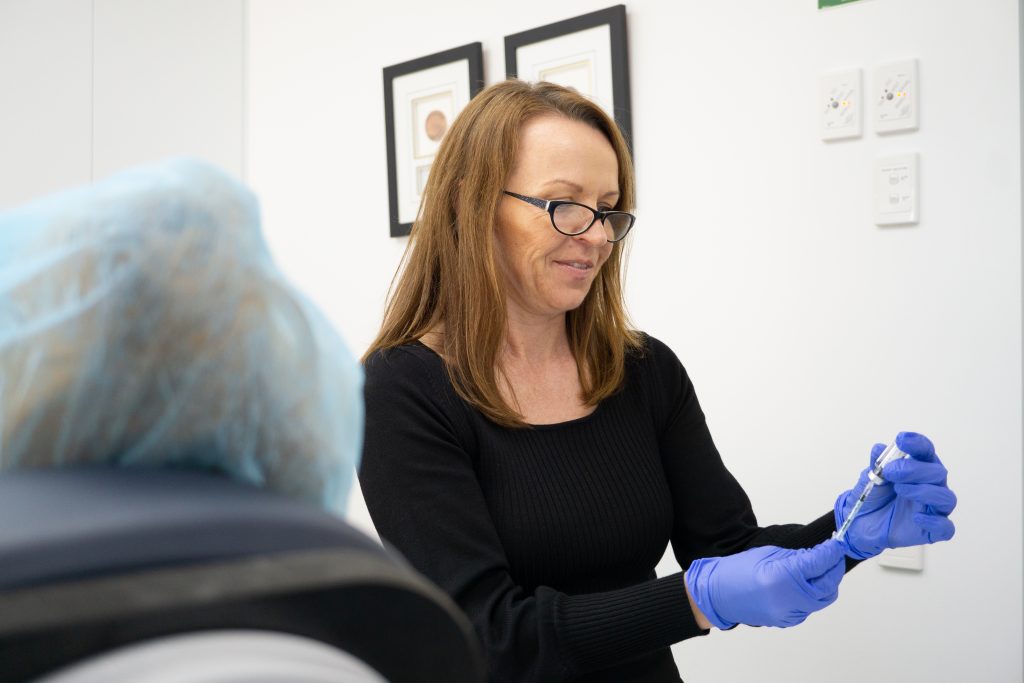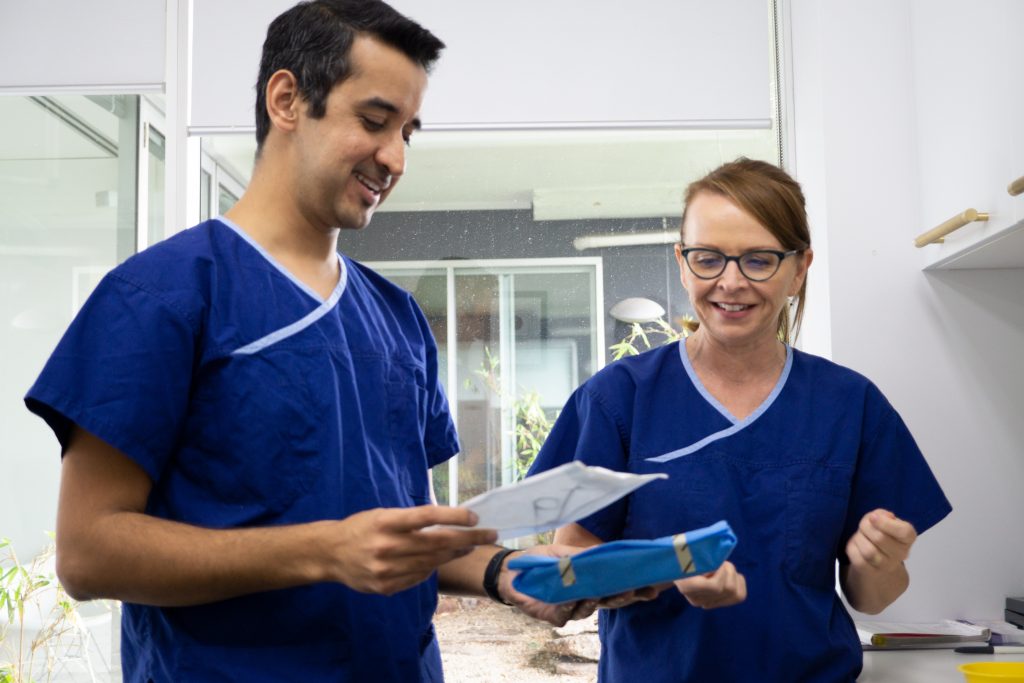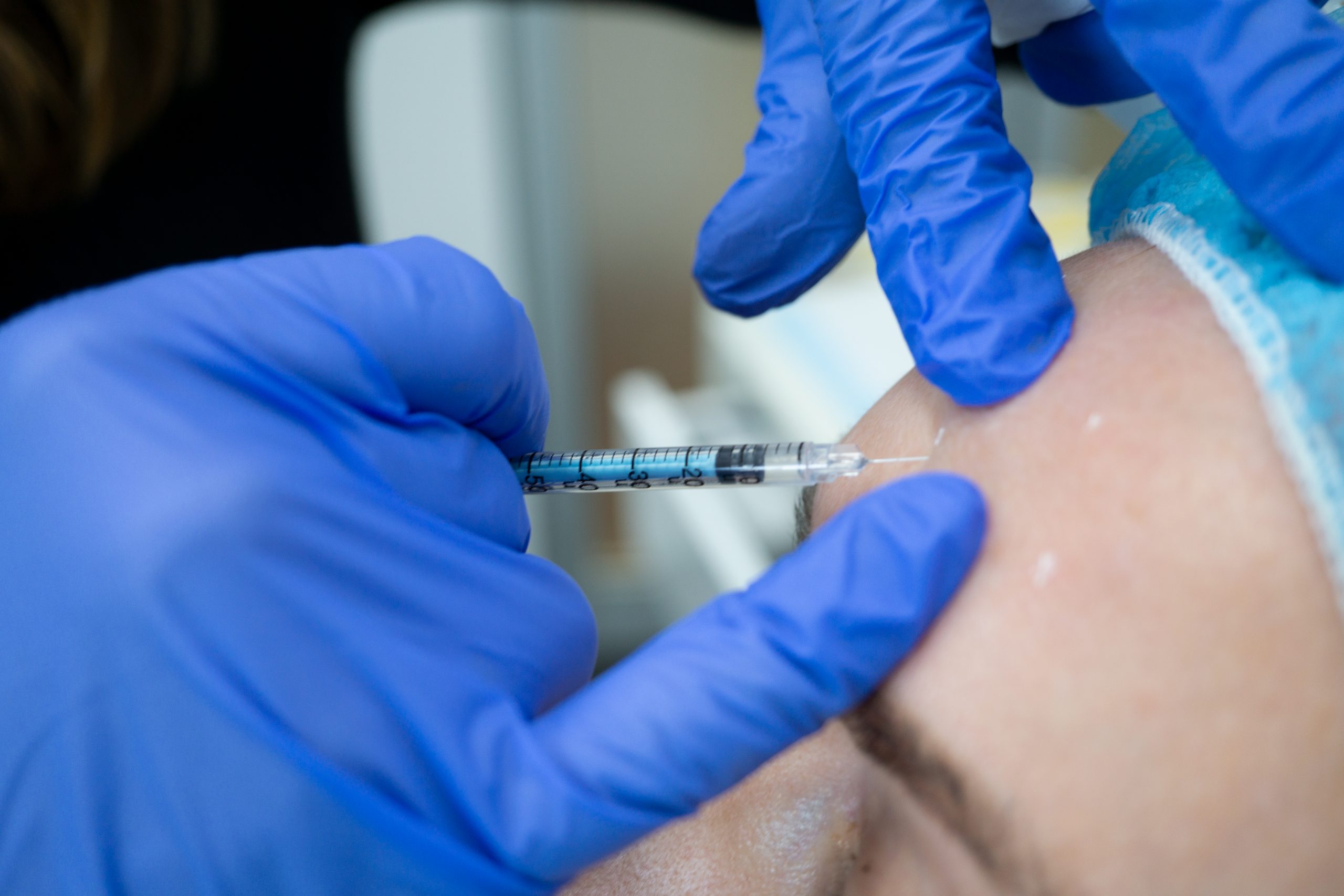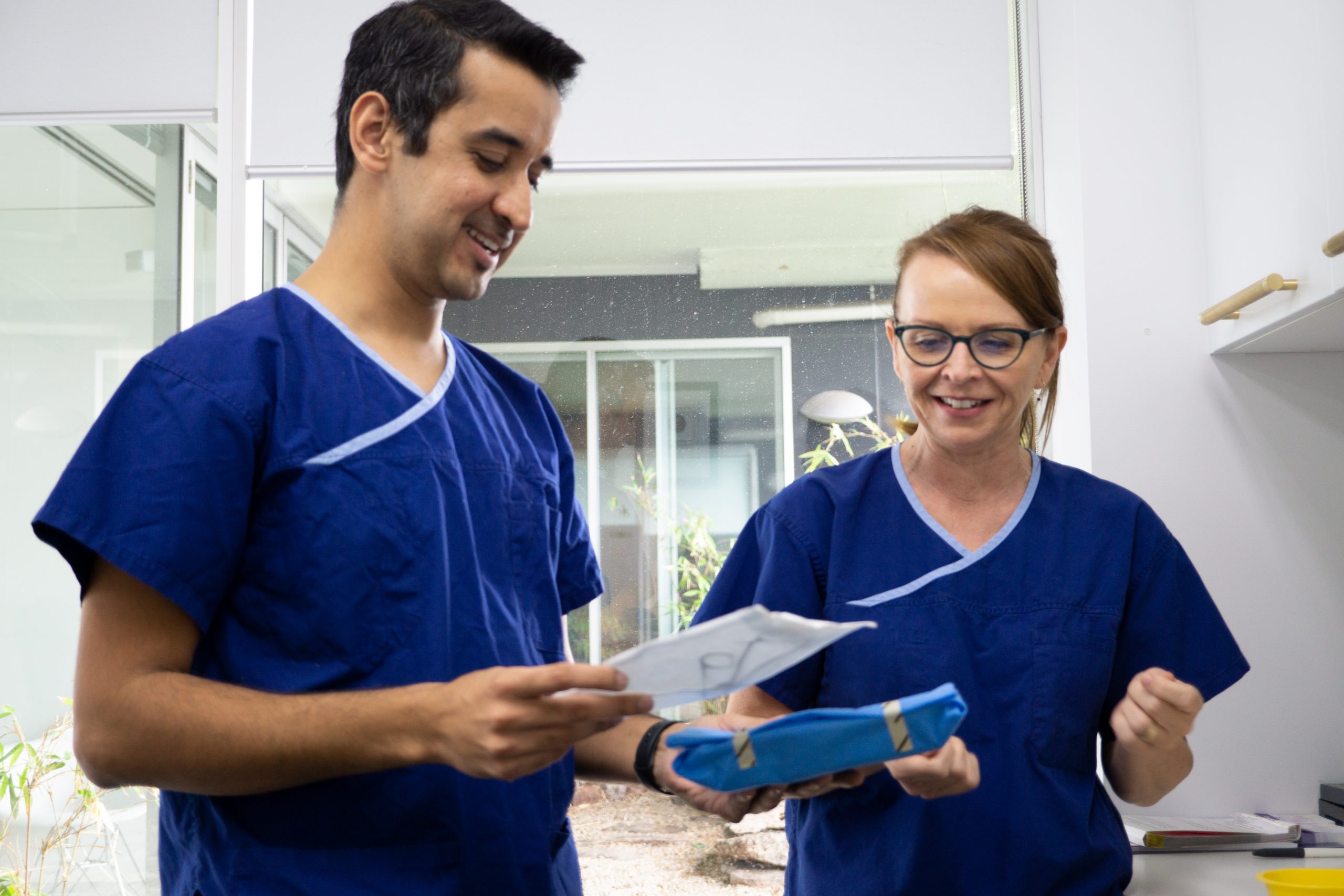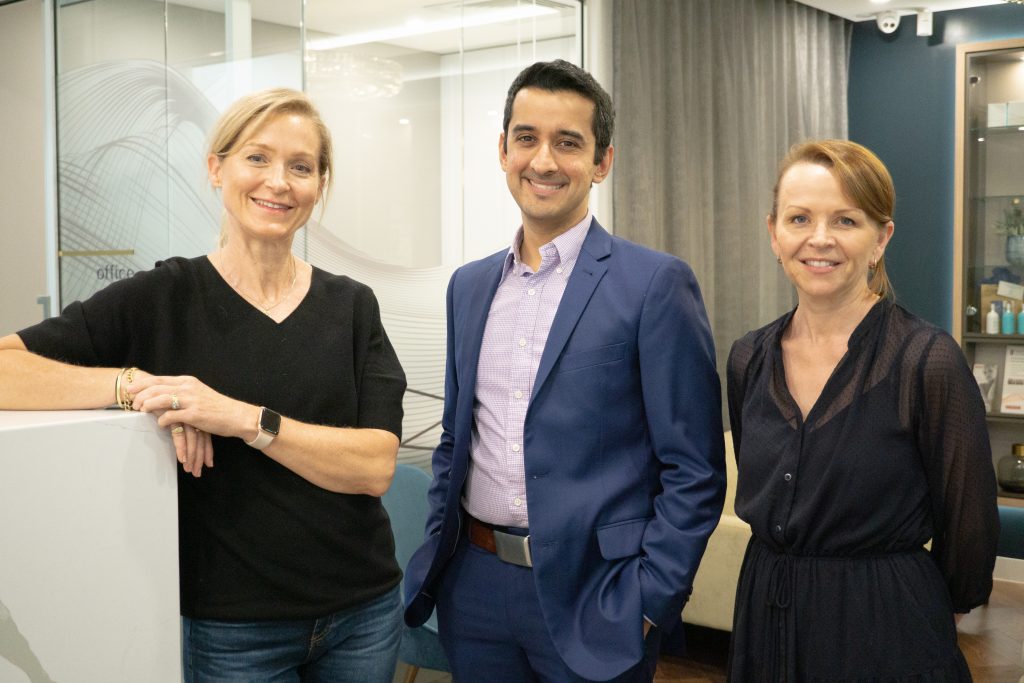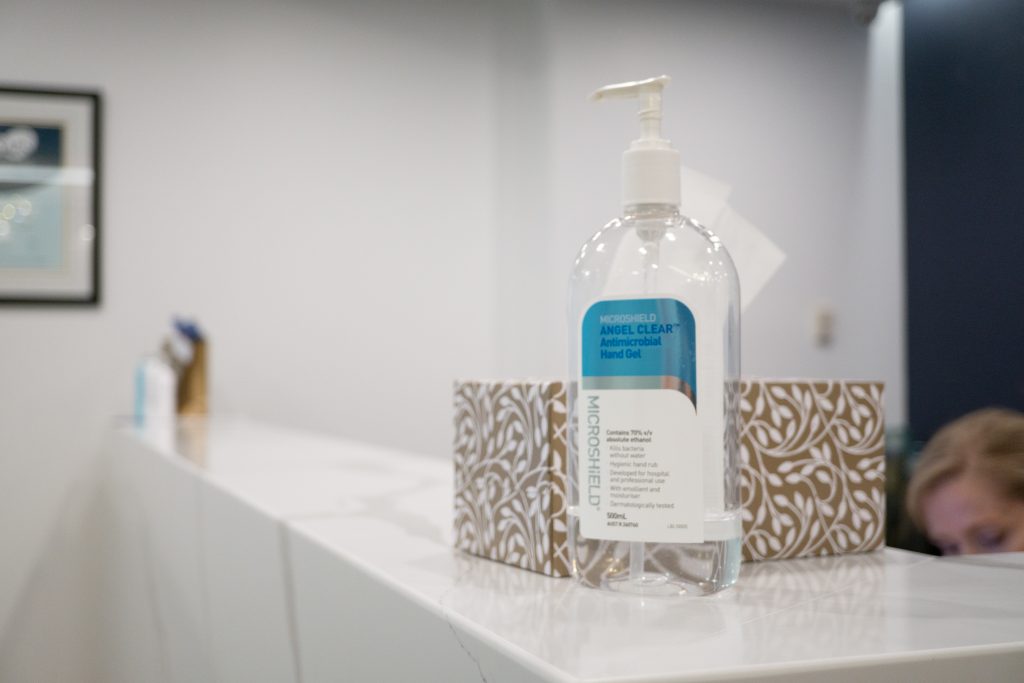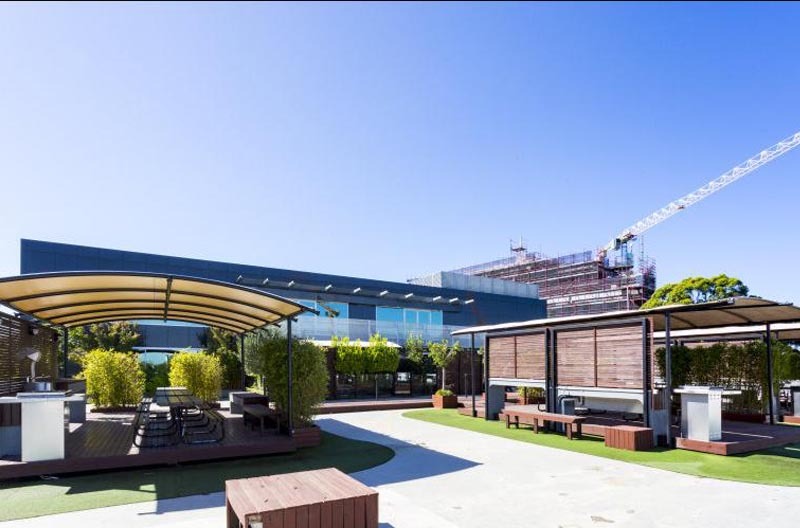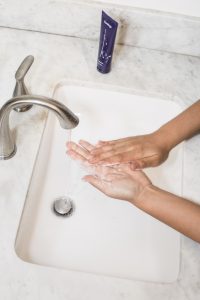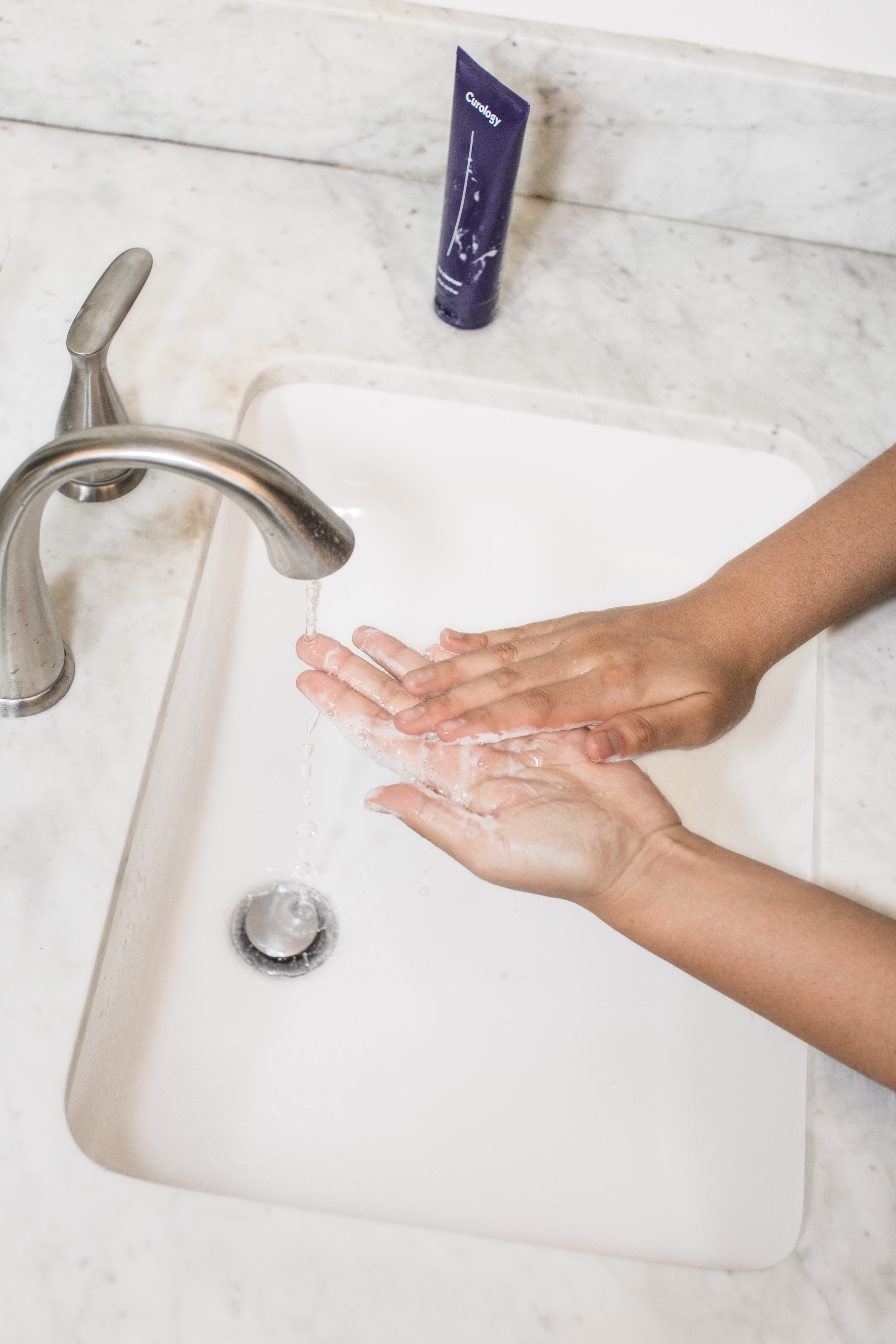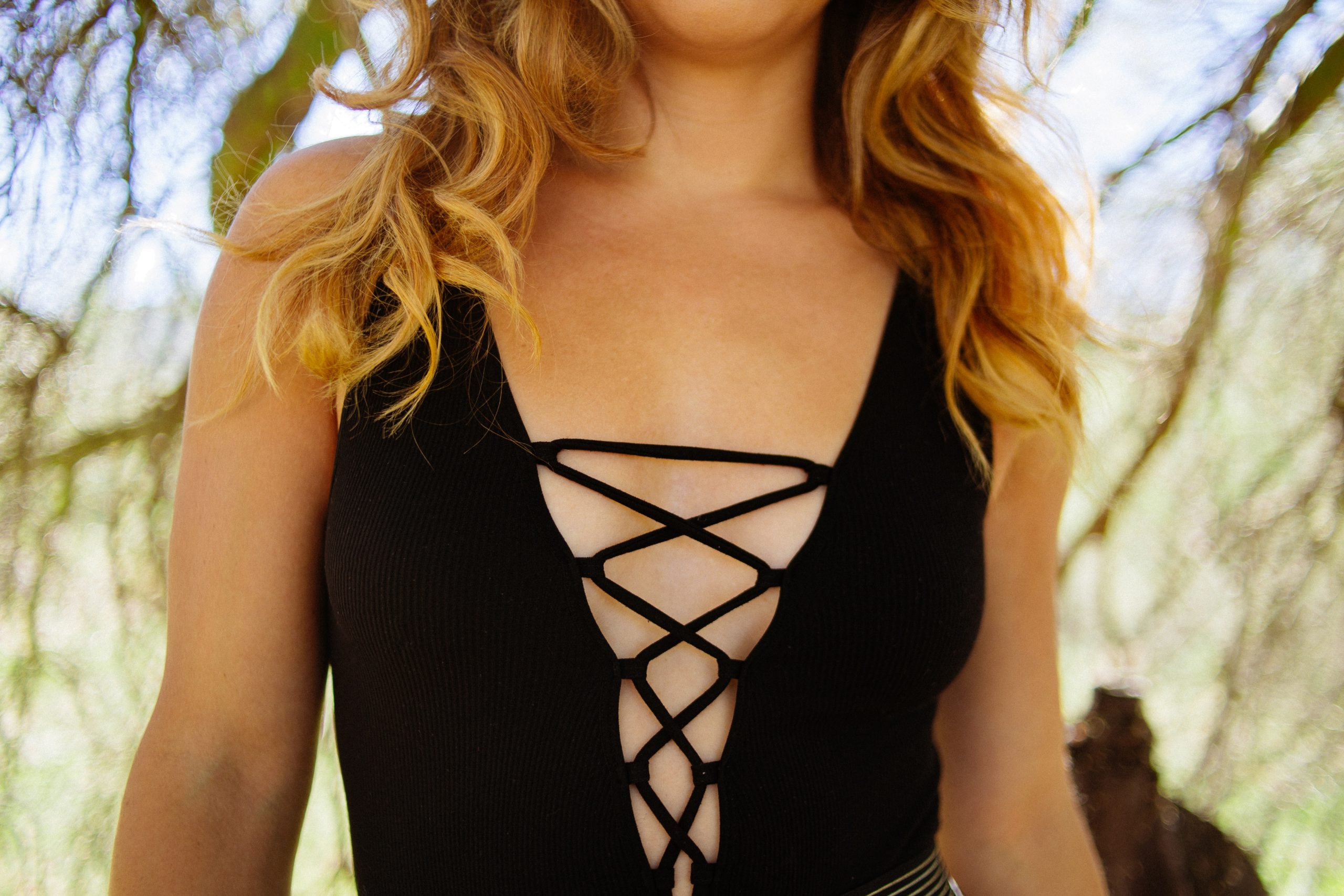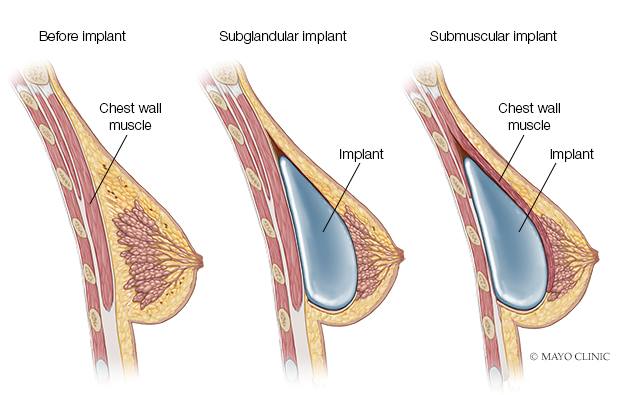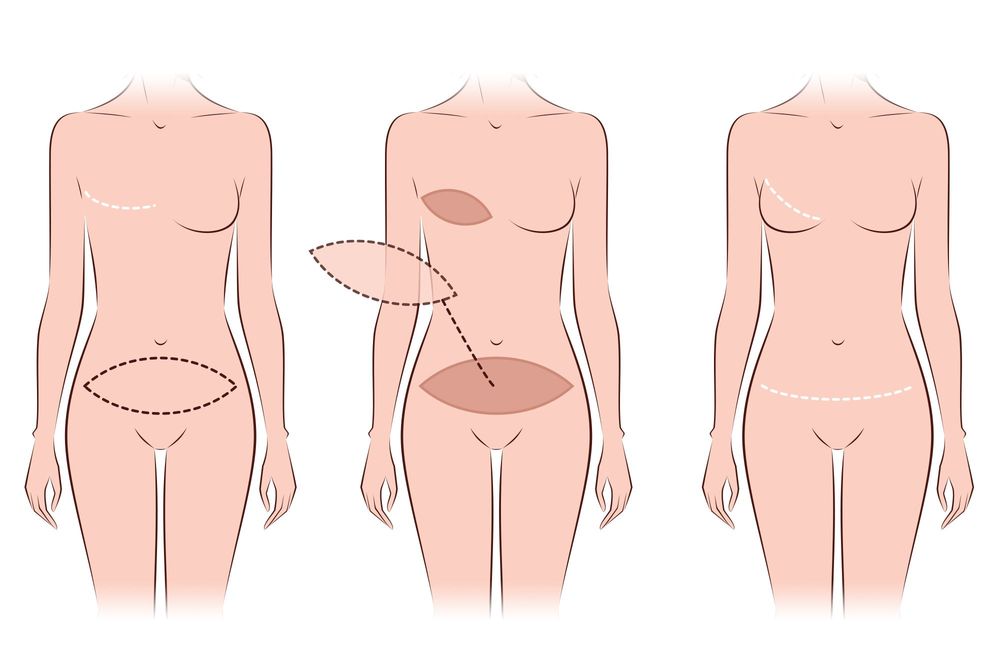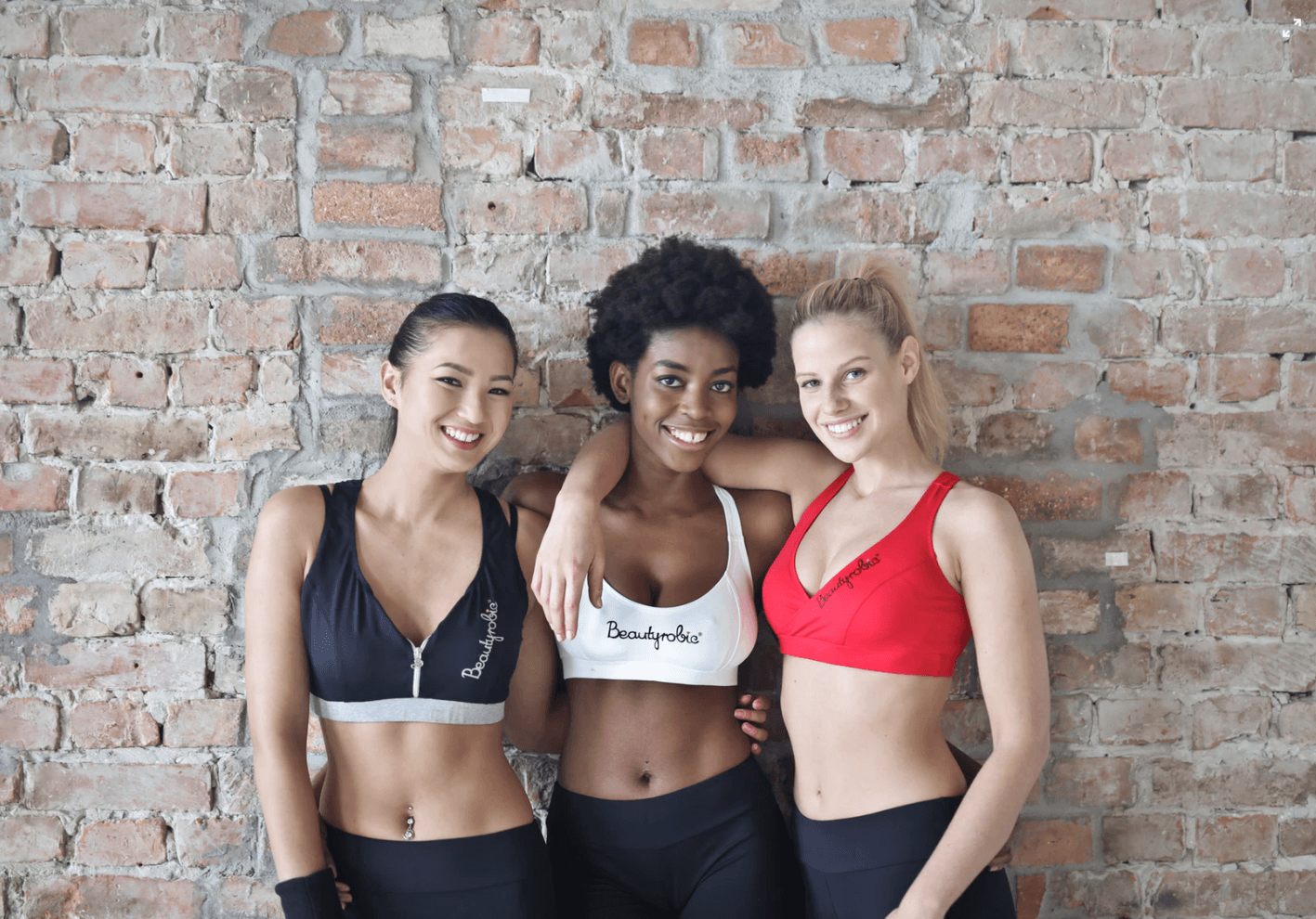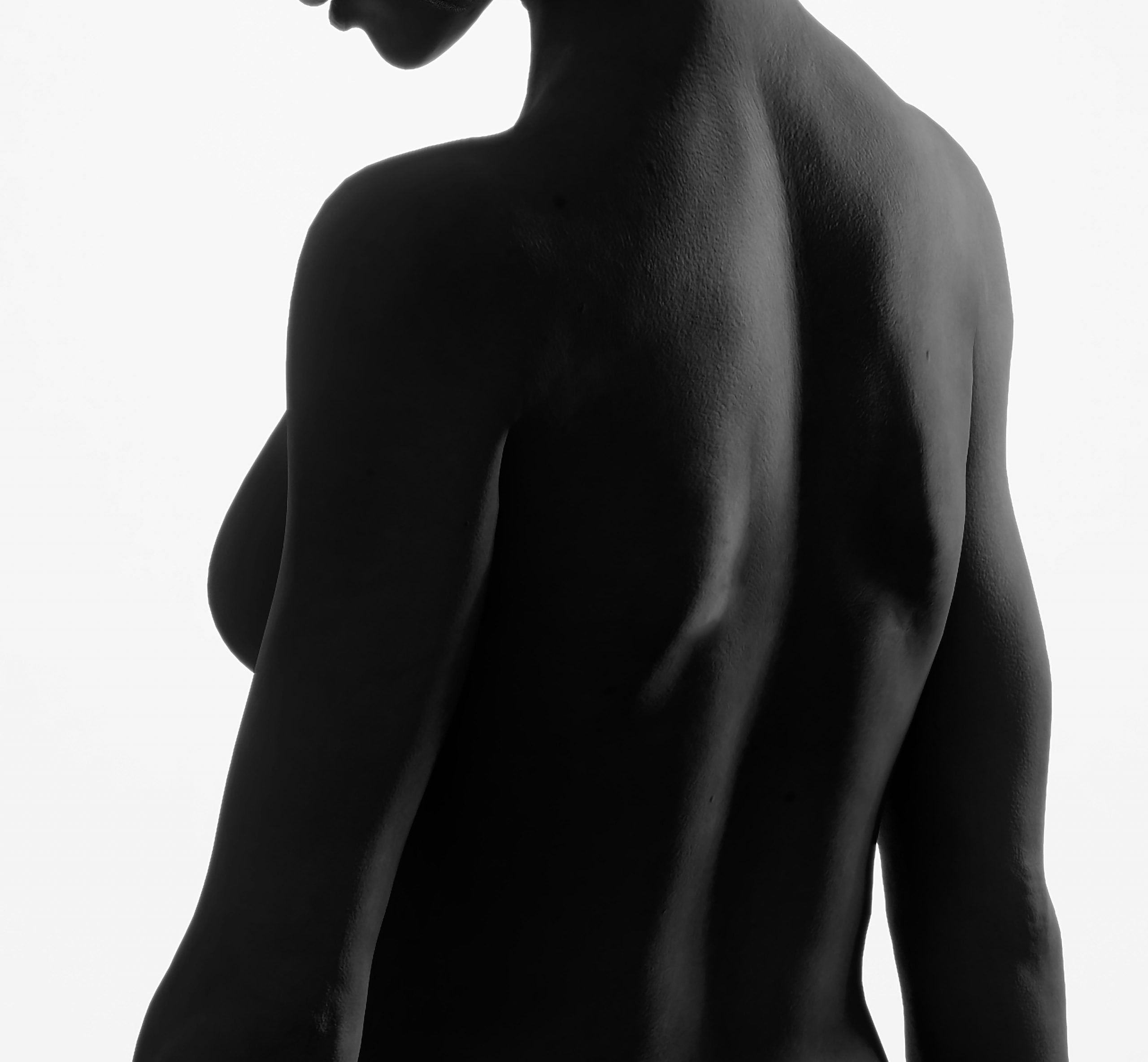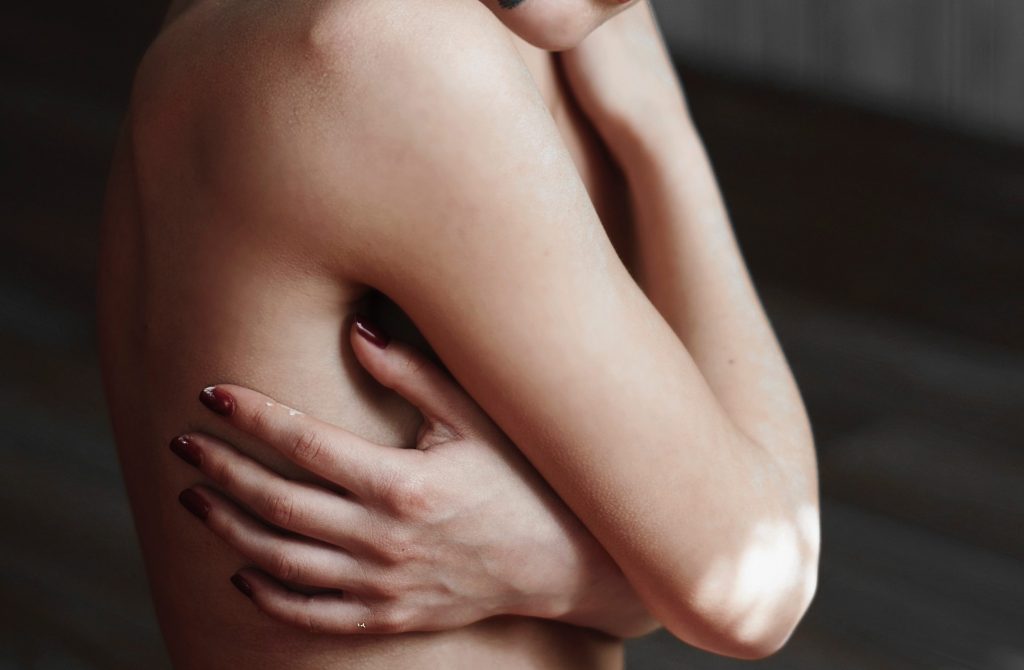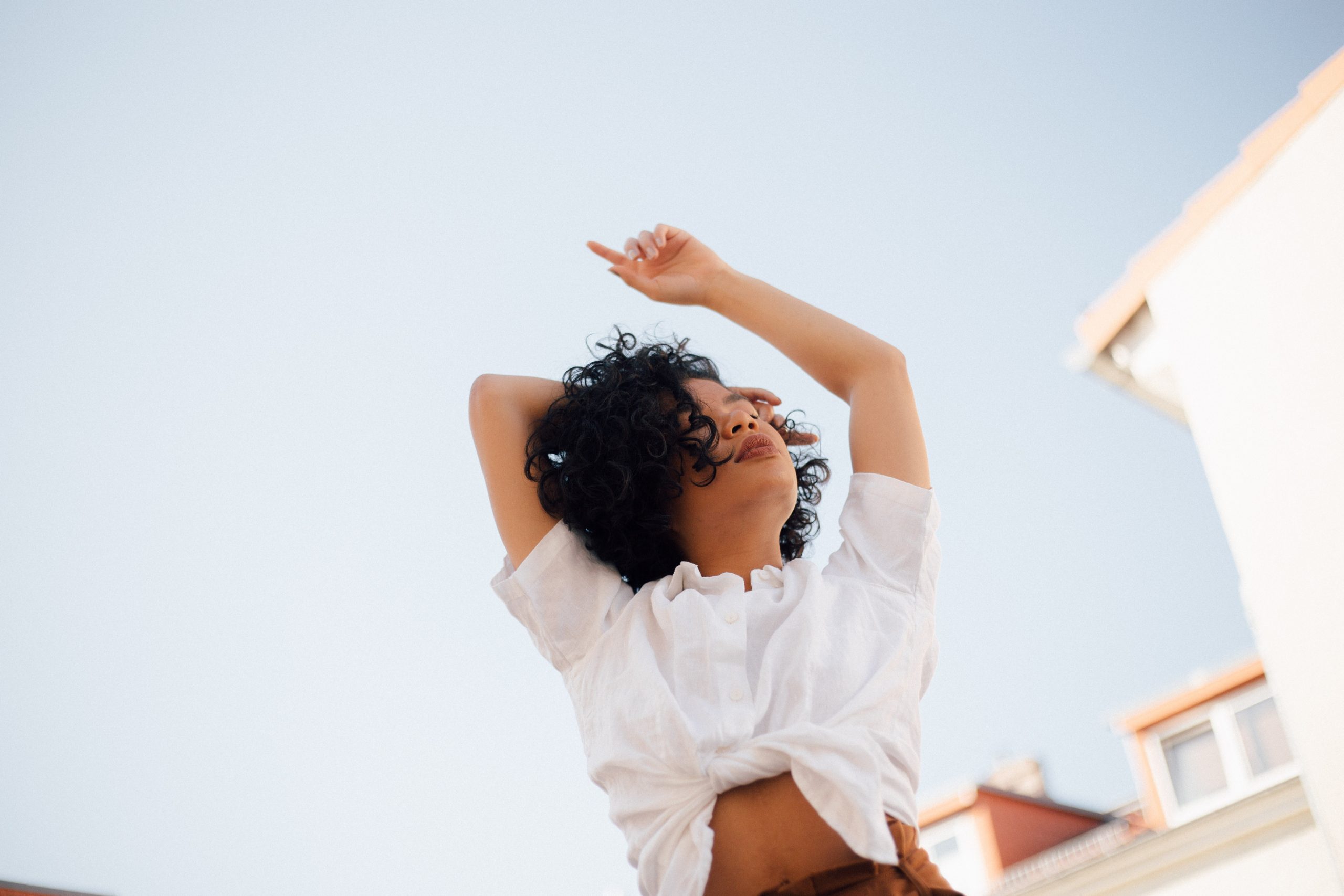How long do silicone breast implants last
Breast implants are made of silicone gel and just like any foreign body placed inside your body these have a finite life span meaning that they do not last forever – usually these last for 10-15 years, but possibly longer.
It is likely that slow deterioration occurs every year the foreign device is in your body and once you get to 10 years we recommend yearly imaging such as an ultrasound, and should a tear or rupture be detected we would suggest replacement. If on the other hand yearly clinical exam and ultrasound are clear, the implants can be maintained until there is evidence of the need for replacement.
Can you breastfeed with breast implants
Absolutely. Breast Implants are placed behind the breast gland, and often behind the breast gland and the underlying pectoralis major muscle. This means the breast gland itself, functions completely normally as it lies in front of the implant, and no damage should have been caused by implant insertion.
How much are breast implants
Depending on the manufacturer breast implants cost around $1200 each. This means for a set of 2 the cost is around $2000-$2400. However given that breast augmentation is considered a cosmetic procedure, and is usually performed under a general anaesthetic in a hospital there are surgeon fees, anaesthetic fees, and hospital and theatre fees payable. The total cost is around $10990 including GST and there is no rebate from Medicare or health funds.
To read more about this procedure visit
How much do breast implants cost
Implants cost around $1200 each – we use the ones from Mentor or Motiva. Since breast augmentation is usually done for cosmetic reasons there is no rebate from Medicare or health funds. The patient therefore has to pay the total of implant costs, surgeon fees, anaesthetic fees, and hospital and theatre fees, and there is GST added to the whole figure. The total cost is around $10990 including GST. To obtain more information visit
Is there a Medicare rebate for breast augmentation
There is no rebate for cosmetic surgery and since most breast augmentation is done for cosmetic reasons the answer is no. This also means there is GST payable and we offer breast augmentation for $10990 including GST. However in the setting of a breast deformity where there is significant asymmetry of the breasts, and in the setting of breast cancer, there is a Medicare item number applicable and the health funds and Medicare will pay all hospital/theatre fees, and provide a rebate for doctors’ fees substantially reducing the out of pocket cost (to around $6000). To obtain more information about Medicare coverage for breast augmentation see here.
Can breast implants feel natural
Implants vary in how they feel. Many can feel quite natural but it depends on the size of implant, the cohesivity of the gel (how stiff the silicone gel inside the implant is), and the size of the implant relative to the native breast. For example less cohesive (less stiff) gel round implants feel very natural, especially when covered by a reasonable amount of breast tissue, however they are more prone to rippling which you could feel and sometimes even see depending on how thin you are. The more cohesive gel implants are less prone to rippling but feel stiffer. In particular tear drop (anatomical) implants have a high cohesivity as they give shape to the breast but can feel firmer than the native breast tissue.
Can guys tell if you have breast implants
Natural looking breast augmentation where your breast hides most of the breast implant, they don’t produce an exaggerated cleavage, can look very natural to the point that no one can tell you have had breast implants. At Mode Plastic Surgery, most of our patients want to look fuller, restore shape, and wear figure hugging clothing without people being able to notice breast implants have been inserted. For those who want to look like they have had breast augmentation, sway towards larger, rounder implants that create a fuller cleavage. In these cases it can be easier to tell a breast implant has been placed under the breast.
Can silicone breast implants cause cancer
Textured silicone implants have been associated with a rare form of lymphoma called ALCL or Anaplastic Large Cell Lymphoma. The rate is still very low and there are millions of women around the world with implants without any issue. At this stage it is thought to be a combination of textured device, in a susceptible patients, possible contamination of the implant at the time of insertion, and 8-10 years lag time.
While there is an association, because it is so low we still use implants for breast augmentation and breast reconstruction – however patients need to be aware that the current risk of this disease is around 1/60,000-1/80,000 with Mentor implants and currently zero with Motiva implants. In most cases if the disease develops it is cured by removal of the implants and the capsule, however some deaths have been reported around the world.
Visit our page on breast augmentation and click on the ALCL box to learn more.
Can you breastfeed after breast implants, can a woman breastfeed after breast implants, can you breastfeed with breast implants over the muscle
Absolutely – there is no change in your capacity to breast feed after having breast implants as these are placed behind the gland meaning the function of the gland is unchanged. It does not matter if the breast implant is placed directly behind the gland (subglandular) and in front of the muscle, or if it is placed behind the muscle (subpectoral) as in both cases the implant is sitting behind the breast gland itself and it has not interfered with the function of the milk ducts in the breast itself. However you should remember that in women who have not had any surgery on their breast – up to one third cannot breast feed at all and another one third need formula to supplement their milk supply when feeding an infant.
Can you squeeze breast implants
Yes breast implants can be squeezed and moved about without any issue. In the initial 6 to 8 weeks after surgery we recommend no upper body exercise to allow the capsule to mature and the implants to settle in their space as when they are under the muscle they can move out of position in the early healing period.
Do breast implants get bigger after surgery
Breast implants remain unchanged in size after surgery but the size of the breast can change – initially there will be some swelling and tightness and it can take up to 3 months for the implants to settle, and the final breast shape to be appreciated. Longer term changes in breast size can occur from natural changes such as pregnancy, breast feeding and aging.
Do you need implants for a breast lift
No you do not need implants for a breast lift. The most common way of achieving a breast lift is via surgery which repositions the nipple higher and tightens the lower part of the breast. The trade off is scars on the breast – often around the nipple and areola, down to the fold under the breast (the IMF). Some women with minor breast drooping (or ptosis) who want to avoid scars on their breast can achieve a lift in their nipple position via increasing the volume through an implant. Women with very droopy breasts will need a surgical breast lift regardless of whether they choose to have an implant or not
How to pay for breast implants
We charge $10990 for standard breast augmentation, and as for all our cosmetic procedures the full payment is due 2 weeks prior to surgery using any credit card or bank transfer. If you choose to look into finance, you are welcome to look into these options, but we do not have any association with finance providers, nor recommend one over another.
What do size b breast implants look like
This is an example of a patient with deflated breasts, who wanted to have a breast augmentation to fill out her breast envelope without looking like she had implants. The size achieved is probably a large B, small C cup.
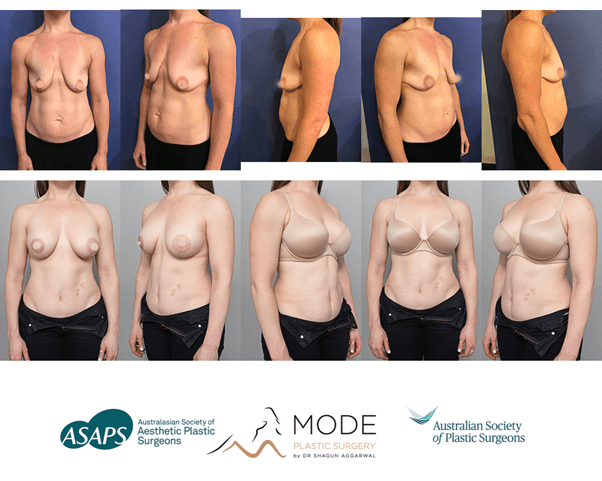
What is it like to have breast implants
Breast implants feel like having a foreign body sitting on the chest. They can sometimes feel cold, and there is obviously the weight of the implants noticeable especially when lying down. For the most part, women get used to this sensation, and it depends on the size of the implants – the larger the implants, the more ‘foreign’ they will feel.
When were the first breast implants put in
The first breast augmentation using silicone breast implants was performed in America in 1961 by surgeons Cronin & Gerow.
Why get breast implants
Breast Augmentation or Enlargement (‘Boob job’) is performed using breast implants to improve not only the size but to provide a natural, beautiful shape. Women seek breast augmentation for a variety of reasons but common to all is to feel feminine, sensual, and regain or improve confidence:
- Improve the size of a breast that already has good shape
- Improve cleavage and upper pole fullness
- Improve the size of breasts that did not develop during puberty
- Restore breast volume and shape after breastfeeding or significant weight loss – this sometimes needs to be combined with a breast lift.
- Correct breast asymmetry
- Correct tuberous breast deformity (also known as ‘snoopy breasts’)
Can breast implants cause cysts
Old generation implants such as those used in the 70s and 80s have a very liquid form of silicone inside and when these ruptures or break, the silicone leaks within the capsule formed around the implant by your body. If the silicone leaks out of this capsule then the body tries to wall off the liquid silicone forming silicone cysts. These silicone cysts can migrate to the axilla (the armpit).
Modern-day silicone implants are nicknamed gummy bear implants because they have a highly cohesive silicone gel meaning that if they are sliced in half the silicone maintains its shape and does not ‘leak’ everywhere like the old generation implants. In modern-day implants, silicone cysts are therefore rare, and in fact, rupture is often detected on breast imaging rather than noticing any issues with the implants themselves.
Can I have a mammogram with breast implants
Yes, it is possible to have a mammogram with breast implants – easier if the implants are placed behind the muscle (subpectoral) than if they are placed directly under the breast gland (sub-glandular).
Radiographers who perform mammograms, use breast implant displacement techniques to move the breast implant out of the way and squeeze the breast tissue in front of the implant to take a mammogram. Our recommendation to all our patients is to engage in the standard breast cancer screening protocol, given that 1 in 8 women will get breast cancer in their lifetime.
Can you lay on your stomach with breast implants
Yes, long term it is fine to lie on your stomach, however in the first 6 to 8 weeks after surgery while the body is forming a capsule around the implant we suggest patients do not lie on their stomach, and nor do they do any upper body exercise in the early postoperative period.
